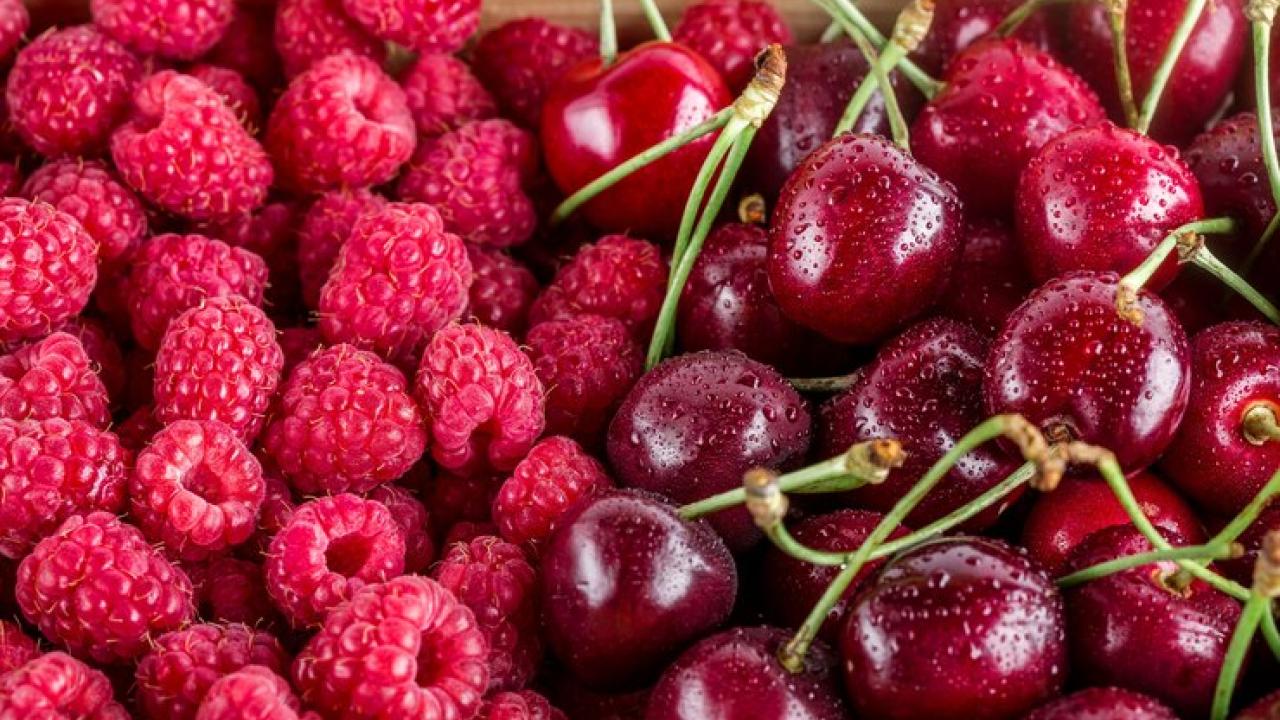
Both berries were introduced to the country over the past decade as potential successors to the blueberry and its global success, but they never really took off.
In 2019, Peru made headlines in the agricultural press when it was revealed that it had become the world's largest exporter of blueberries. It was a surprise that in just one decade, a fruit introduced from the United States had expanded in a sustained and profitable way. Thanks to microclimates, as well as the work of production companies and zootechnical engineers, blueberry cultivation managed to expand from Lambayeque in the north to Arequipa in the south.
Given these results, we can ask ourselves, can other red fruits have the same success in the Andean country? Everything points to the fact that it is not so easy and the case of the raspberry is a clear example. Around 2017, the Chilean Antonio Domínguez, president of the International Raspberry Organization (IRO), visited Peru to evaluate climatic conditions that would allow the production of the fruit.
At the time, the Ministry of Agrarian Development and Irrigation (Midagri) assessed that the Cajamarca mountain range would be suitable for raspberry cultivation, but Domínguez pointed out that logistical issues should also be taken into account. “There is no point in producing and producing if farmers do not know what to do with these crops because the closest meat processing plant to the fields is hundreds of kilometers away,” he told Red Agrícola in 2017.
The following year, raspberry production looked promising. According to the Fresh Fruit website , exports reached nearly 16 tons, valued at US$ 57,000. But it was a mirage: the sending of samples to other countries stagnated and with it, mass cultivation. One of the reasons for the failure was the choice of the Heritage variety. Recognized for its bright red, this raspberry is the most widely distributed worldwide due to its flavor and resistance to various climates.
However, this strength does not extend to logistics. Heritage raspberries tend to be more delicate berries than blueberries, which makes them difficult to transport. As a result, many growers gave up on this option and crops never made it past the experimental stage. It also didn't help that demand on the domestic market was relatively low.
Cherries are in a similar situation. Although their production is still in the experimental phase, efforts are being made to introduce the crop in the Andean country. The example of Chile, currently the world's largest producer of cherries, is very important: during the 2023-2024 season, the southern country exported 377,000 tons per year to China alone.
A SECOND CHANCE FOR RASPBERRIES AND CHERRIES
In this regard, Gabriel Amaro, President of the Association of Agricultural Producers of Peru (AGAP), recognizes that the main milestone is that Peruvian producers now have genetic material from Chilean cherries, which allows them to study in depth which varieties work best in Peruvian soil. The challenge of the climate is greater, because Peru is located in warmer latitudes than central Chile.
"We have to see where the crop grows well, because these are fruits that require an adequate temperature, certain hours of cold. This is not the case on the Peruvian coast, but at a certain altitude in certain valleys," Amaro told AméricaEconomía .
According to the National Institute for Agrarian Innovation, by 2024, there were between 15 and 20 hectares dedicated to cherry cultivation in Peru. Companies such as Camposol, Beta and Agrícol Andrea are carrying out adaptation trials in Andean regions such as Ayacucho, Ancash and Arequipa.
On the other hand, raspberries would have their revenge in the frozen fruit industry. In September 2024, Luis Llanos, head of Agromercado, an institution attached to Midagri, said that raspberries are a very sensitive and perishable product to promote their fresh export.
Meanwhile, frozen fruit has a shelf life of two years, which makes it easier to export and therefore the income of small and medium-sized farmers who usually grow raspberries in Peru. According to Amaro, this alternative should always be evaluated. “Fresh fruit generates greater value in the market, although if in a second production line, there is too much and you want to avoid it rotting, frozen fruit is the best option,” he adds.
Agromercado also announced that demonstration plots of raspberry would be installed in Huaral, a city north of Lima, as well as in the northern towns of Jequetepeque and Chavimochic. It is also ideal for cultivation in Andean valleys, which are between 2,000 and 3,000 meters above sea level.
But now, the starting shot for Peruvian raspberries could come from abroad. In October 2024, production in Chile decreased due to phytosanitary problems. It seems that there are still options for the heirs of the Peruvian blueberry.









